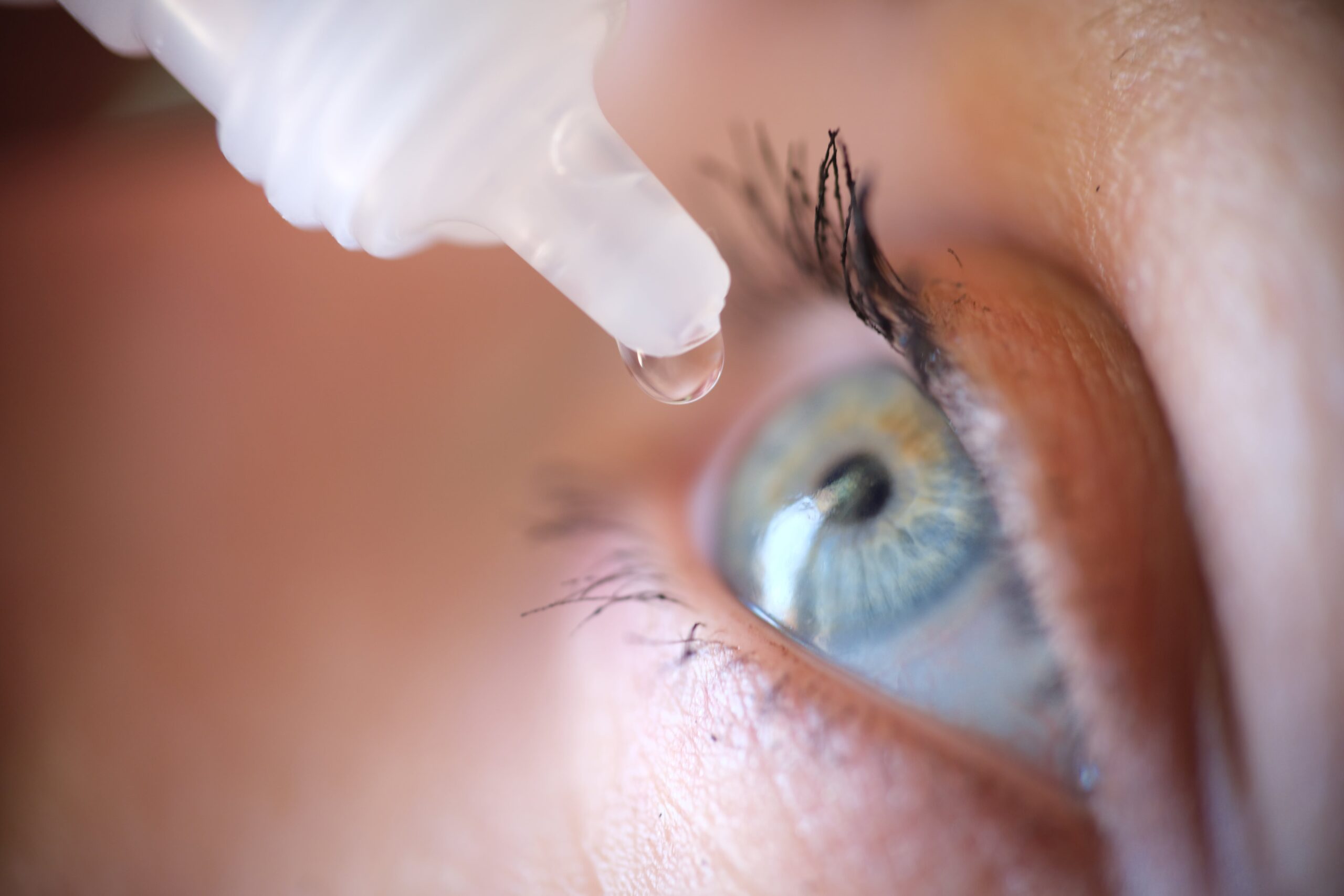
Health News
Features
-
How to recognize childhood obesity
Addressing Weight Problems Early to Offset Future Problems It’s not easy to admit your child is overweight. You want to believe pudge is baby fat the child will outgrow. Or maybe you’ve come to believe extra pounds make him or her strong and healthy. But ignoring the problem won’t make it go away. And, in…
-
Survival at its pinkest
Breast cancer awareness and education: a constant message Cauney Boydston Bamberg is passionate about increasing breast cancer awareness and raising funds to help women get mammograms. She is the executive director of The Watson Clinic Foundation, Inc., and she brought the first Suncoast Polk Race for the Cure to Polk County last year. Bamberg was…
-
Turning your home into a gym
How to get active without spending big dollars Filled with good intentions about losing weight or improving your health, you may rush to the store and pick up a $1,200 rowing machine or $2,000 treadmill. But if you don’t want it being used as a clothes rack in your closet, take your time. Learn about how to…
Columns
-
Understanding Abdominal Aortic Aneurysm
An aneurysm is a weakening or dilatation in a part of an artery. About 15,000 people die of ruptured abdominal aortic aneurysm (AAA) every year in the U.S. About 200,000 new cases of AAA are diagnosed every year. Most of these are diagnosed by tests that are done for unrelated reasons. The aorta is the…
-
A Guide to Over-the-Counter Artificial Tears for Dry Eye
by Chelsea Hollier, O.D. Dry eye disease, also known as Keratoconjunctivitis Sicca, is a prevalent condition characterized by insufficient tear production (aqueous deficient dry eye) or poor tear quality (evaporative dry eye). It affects millions worldwide, leading to discomfort and irritation. Fortunately, over-the-counter (OTC) artificial tears provide relief and aid in managing symptoms. Dry eye…
-
3 Options for Thoracic Aortic Aneurysm Management
In the previous two columns, I discussed aneurysms that occur in the aorta situated in the chest cavity. In this article, I will explain the various types of treatment options available for those thoracic aortic aneurysms. In general, outcomes favor endovascular repair over open repair as open repair is associated with higher rates of morbidity…





